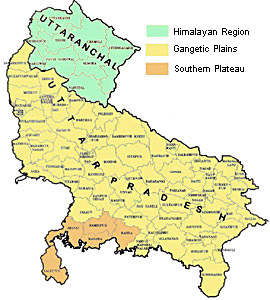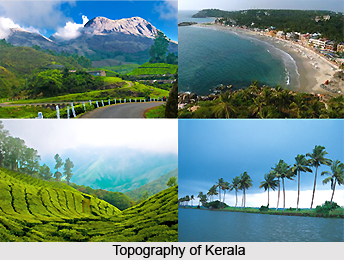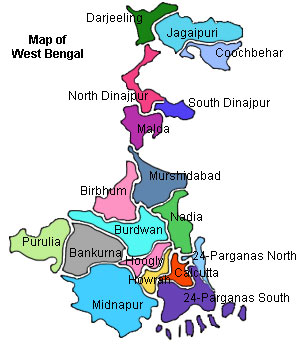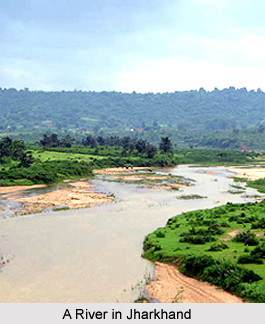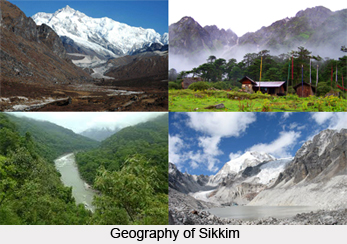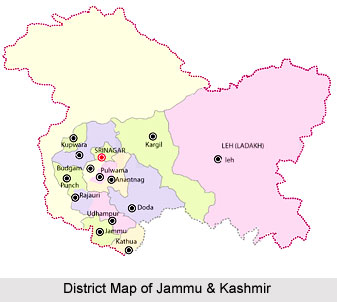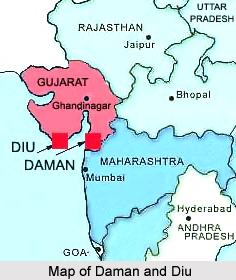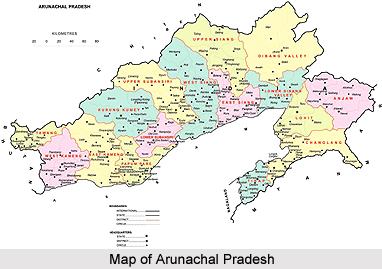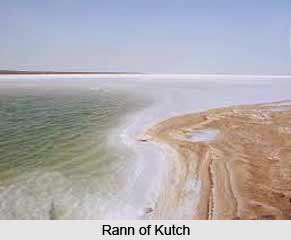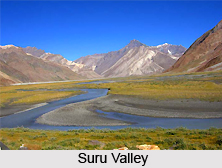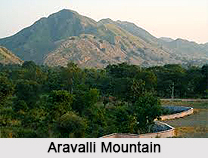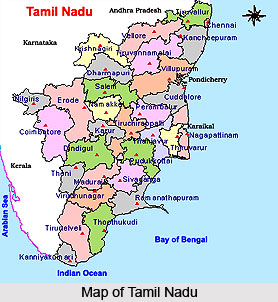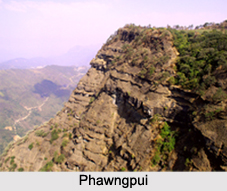 The states of Arunachal Pradesh, Manipur, Meghalaya, Mizoram, Nagaland, Tripura and Sikkim are located in the north eastern part of India. North East India has several mountain peaks existing as a part of its geographical terrain. They have not only beautified the states in North East India, but have also contributed in making this region a tourist destination of India.
The states of Arunachal Pradesh, Manipur, Meghalaya, Mizoram, Nagaland, Tripura and Sikkim are located in the north eastern part of India. North East India has several mountain peaks existing as a part of its geographical terrain. They have not only beautified the states in North East India, but have also contributed in making this region a tourist destination of India.
Mountain Peaks of Arunachal Pradesh
The state of Arunachal Pradesh has several mountain peaks. Tani Razi is the highest mountain of Arunachal Pradesh. It has a height of about 15,022 ft (4,579 m). Some of the other mountain peaks of Arunachal Pradesh are Kelingon (14,319 ft / 4,365 m), Komdi (12,688 ft) and Romta (7,964 ft / 2,428 m).
Mountain Peaks of Manipur
The state of Manipur is adorned with a number of mountain peaks. Laikot is the highest mountain of Manipur. It has a height of about 8,413 ft (2,564 m). Other mountain peaks of Manipur are Siruhi Kashong (7,235 ft / 2,205 m), Rasibung (3,923 ft / 1,196 m) and Lungpon Ching (3,431 ft / 1,046 m).
Mountain Peaks of Meghalaya
Maryngksih is known to be the highest mountain in the state of Meghalaya. It has a height of about 5,002 ft (1,525 m). Another mountain peak in Meghalaya is Sherpai (4,913 ft / 1,498 m).
Mountain Peaks of Mizoram
Nauzuarzo Tlang is the highest mountain of the state of Mizoram. It has a height of about 5,671 ft (1,729 m). The other mountain peaks of Mizoram are Phawngpui (5,453 ft / 1,662 m), Vapar Tlang (5,333 ft / 1,626 m), Lungreng Tlang (4,541 ft / 1,384 m), Diltang (2,502 ft / 763 m) and Khan Tlang (1,795 ft / 547 m).
Mountain Peaks of Nagaland
The state of Nagaland is adorned with mountain peaks namely, Mol Len (9,016 ft / 2,748 m), Yakko (7,681 ft / 2,341 m) and Dazipfu (6,934 ft / 2,114 m). Mol Len is regarded as the highest mountain of Nagaland.
Mountain Peaks of Tripura
Jari Mura is the name of the Mountain Peak located in Tripura. It has a height of about 1,265 ft (386 m).
Mountain Peaks of Sikkim
The state of Sikkim has a number of mountain peaks. Jongsong Peak is known to be the highest mountain of Sikkim. It has a height of about 24,482 ft (7,462 m). Some of the other mountain peaks of Sikkim are Tent Peak (24,154 ft / 7,362 m), Siniolchu (22,598 ft / 6,888 m) and Chameringu (13,341 ft / 4,066 m).
